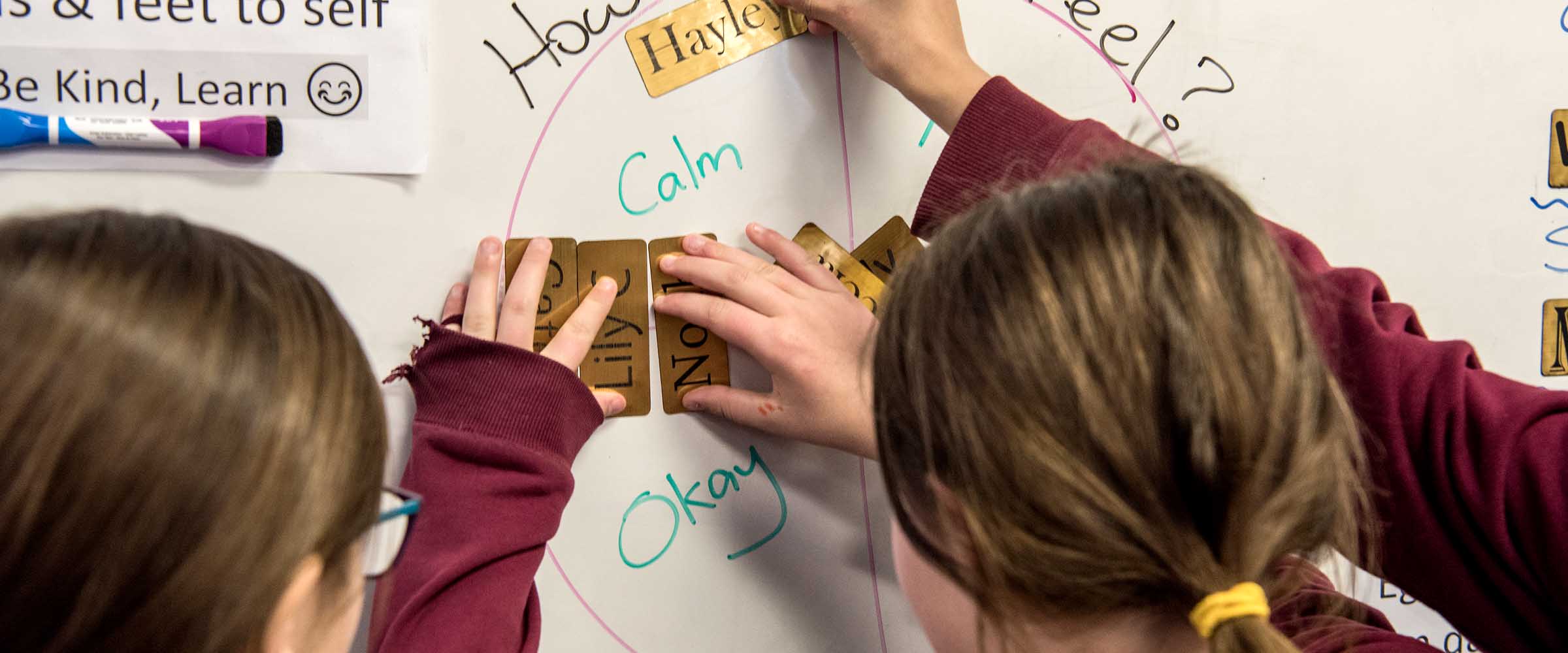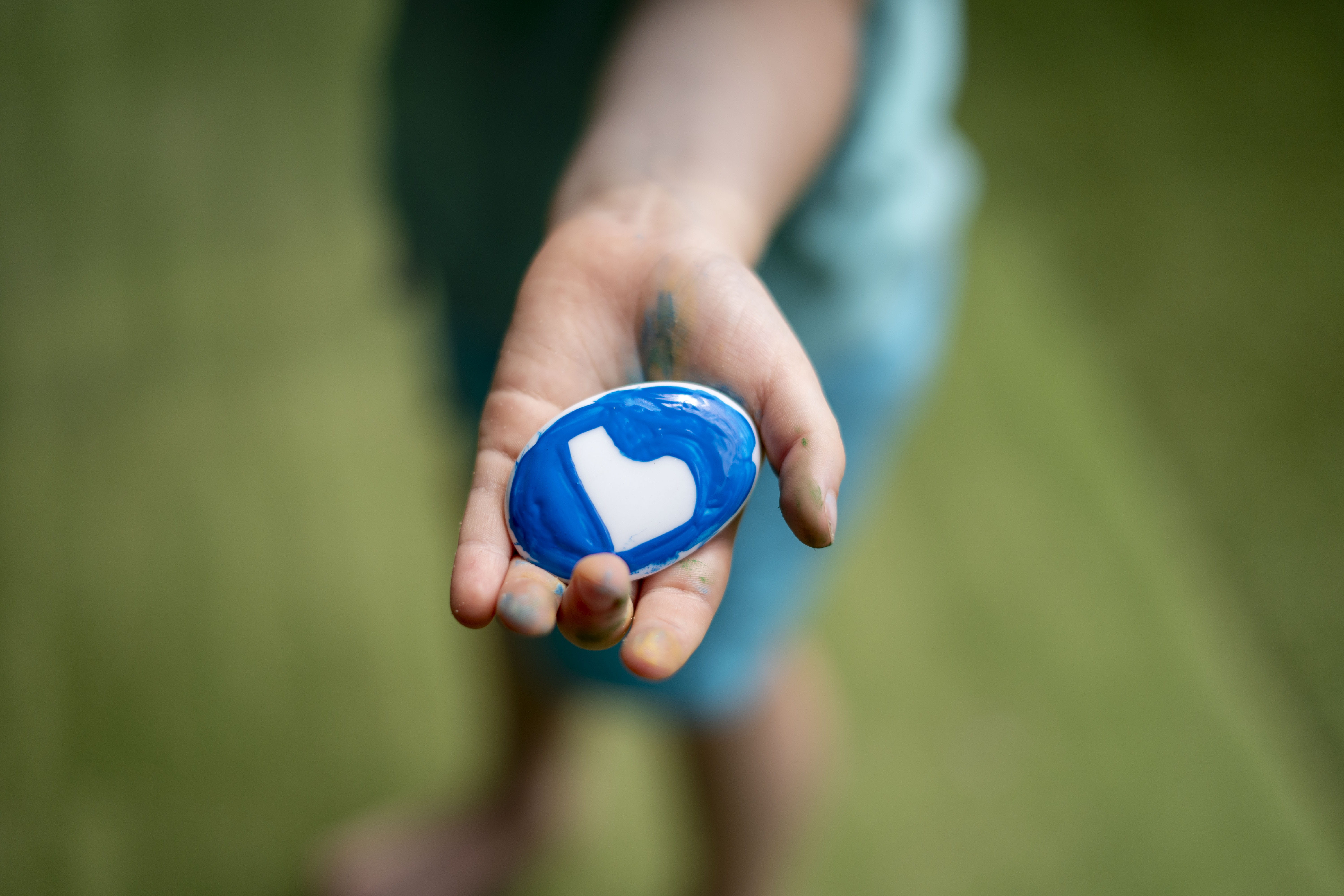What is mental health?
According to the World Health Organization (WHO), mental health is a state of mental wellbeing that enables people to:
- realise their abilities
- learn and work effectively
- cope with life’s stresses
- contribute to their community.
‘Mental health’ is not synonymous with a ‘mental health issue or condition’.
Mental health exists on a continuum, meaning it can fluctuate based on life experiences, stressors, and support systems. It’s not just the absence of a mental health issue or condition, but the presence of resilience, emotional balance and positive coping strategies.
The Mental Health Continuum

Mental Health Continuum (4.7 MB, PDF)
At one end, Flourishing represents optimal functioning in which a child or young person feels good and functions well. They relate well to others and approach their learning and life with purpose, curiosity and optimism.
Next are children and young people who are Going OK. They function appropriately to their environment and experience an absence of frequent or significant feelings of distress.
In the Struggling range are children and young people who may come to an educator's attention due to more noticeable distress. This distress is generally time-limited and can have a mild impact on their behaviour, learning and relationships.
These experiences may be:
- an expected part of development and growing up
- an expected emotional reaction to challenging life circumstances
- the early signs of an emerging mental health condition.
Children and young people at the far right-hand side of the continuum have thoughts, feelings and behaviours that indicate extended periods of distress and have a Severe impact on everyday activities.
Children and young people can shift back and forth along the continuum
Mental health changes over time in response to different stresses and experiences. Many factors can affect where someone sits on the continuum generally, and at any given time. These factors can be both internal and external.
Most children and young people sit at the left end of the continuum most of the time. This can indicate that they are generally mentally well and able to function with day-to-day activities.
Within the scope of your role as an educator, it’s important to be aware of changes in children and young people’s behaviour and emotions. This can help you identify and promote opportunities to enhance their social, emotional and academic development.
Some children and young people may demonstrate changes in their relationships, behaviour and learning. These changes suggest they may be in, or are moving towards, the severely impacting end of the continuum.
Educators are key adults in a child or young person’s life. You may notice changes in behaviour, inquire sensitively about the changes and have discussions about potential support pathways. Learn more about this in the Early Support domain.
Noticing signs and taking action can make a significant difference to a child or young person’s mental health and educational outcomes.
Development and context matters
It’s important to consider a child or young person’s age when thinking about where they may sit on the continuum. A wide range of emotions and behaviours are expected at different stages of development.
It’s also important to consider context and what’s going on in their life. Strong emotional and behavioural reactions are understandable and expected when someone is faced with difficult circumstances. These should not necessarily be considered signs of a mental health condition.
For example, a temporary impact on day-to-day functioning would be considered a typical response after the death of a loved one. However, the Mental Health Continuum can still be used to monitor this impact over time.
Thoughts, emotions and behaviours are also influenced by many other factors. These include the child or young person’s temperament, cultural background, and the presence of learning and developmental disabilities.
Determining whether changes can be explained by age and context or whether they are early signs that a mental health condition is developing can be hard. It may only become clear over time.
Remember, as an educator it’s not your role to diagnose or make conclusions about a child or young person’s state of mental health. That is the role of a mental health professional.
The Mental Health Continuum is a guide to increase your understanding of mental health, assist in determining your level of concern and inform your actions.
You are doing your job by:
- promoting positive actions which benefit mental health in your practice
- monitoring children and young people who may require more attention and support during unsettled periods
- identifying and raising concerns for those who may need more targeted assistance from leadership, wellbeing teams or external mental health professionals.
BETLS Observation Tool
The question prompts in the BETLS Observation Tool may support you to consider where a child or young person may sit on the Mental Health Continuum.
Using these tools together can help you consider whether a child or young person requires additional support.



